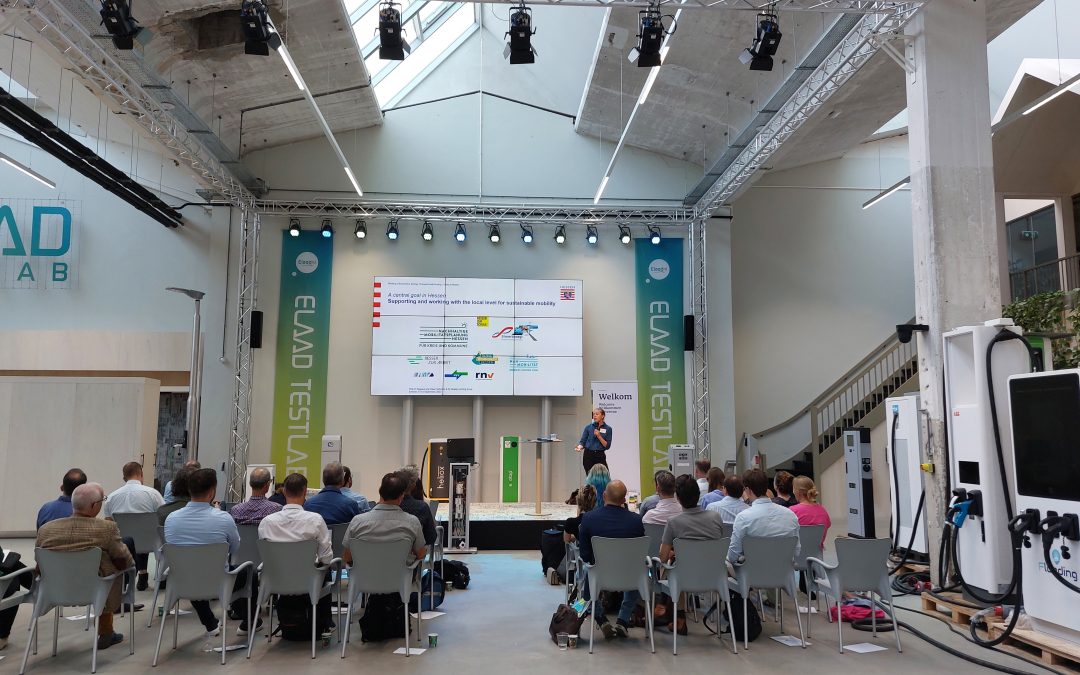Cities and Regions are leading the way towards urban mobility decarbonization. However, there is still a long way to go and many questions to resolve – how to successfully transition from internal combustion engines to electromobility in road transport? And in particular, for freight?
During the POLIS’ Regions and Clean Vehicles & Air Quality Working Groups two-day meeting, participants discussed how to implement local and regional measures to achieve low-carbon mobility and the challenges ahead. This requires further public and private cooperation – Low and Zero Emissions Zones, car sharing, and electric charging infrastructure for light-duty vehicles (LDVs) and heavy-duty vehicles (HDVs), among others.
The successful uptake of electromobility will require a proper policy framework that addresses the availability and affordability of vehicles but also an adequate charging infrastructure. The event was an opportunity to showcase the NextETRUCK project, and how the knowledge-sharing and innovations coming from EU-funded projects can add value for cities and regions, supporting the uptake of zero-emission road transport, including sustainable business models and charging solutions for medium and long-distance freight. POLIS highlighted the synergies that can be established between the project and other initiatives showcased by their members, like Gelderland Region’s Clean Energy Hubs.
During these discussions, it became clear that regional decision-makers should play a critical role, together with the other stakeholders in the e-mobility ecosystem. This discussion comes at a time when new CO2 standards for HDVs are being proposed by the European Commission, which means that there is now a clear electrification pathway for trucks and coaches, with a mandate for a 45% CO2 emissions reduction in 2030, 65% in 2035 and 90% in 2040.

